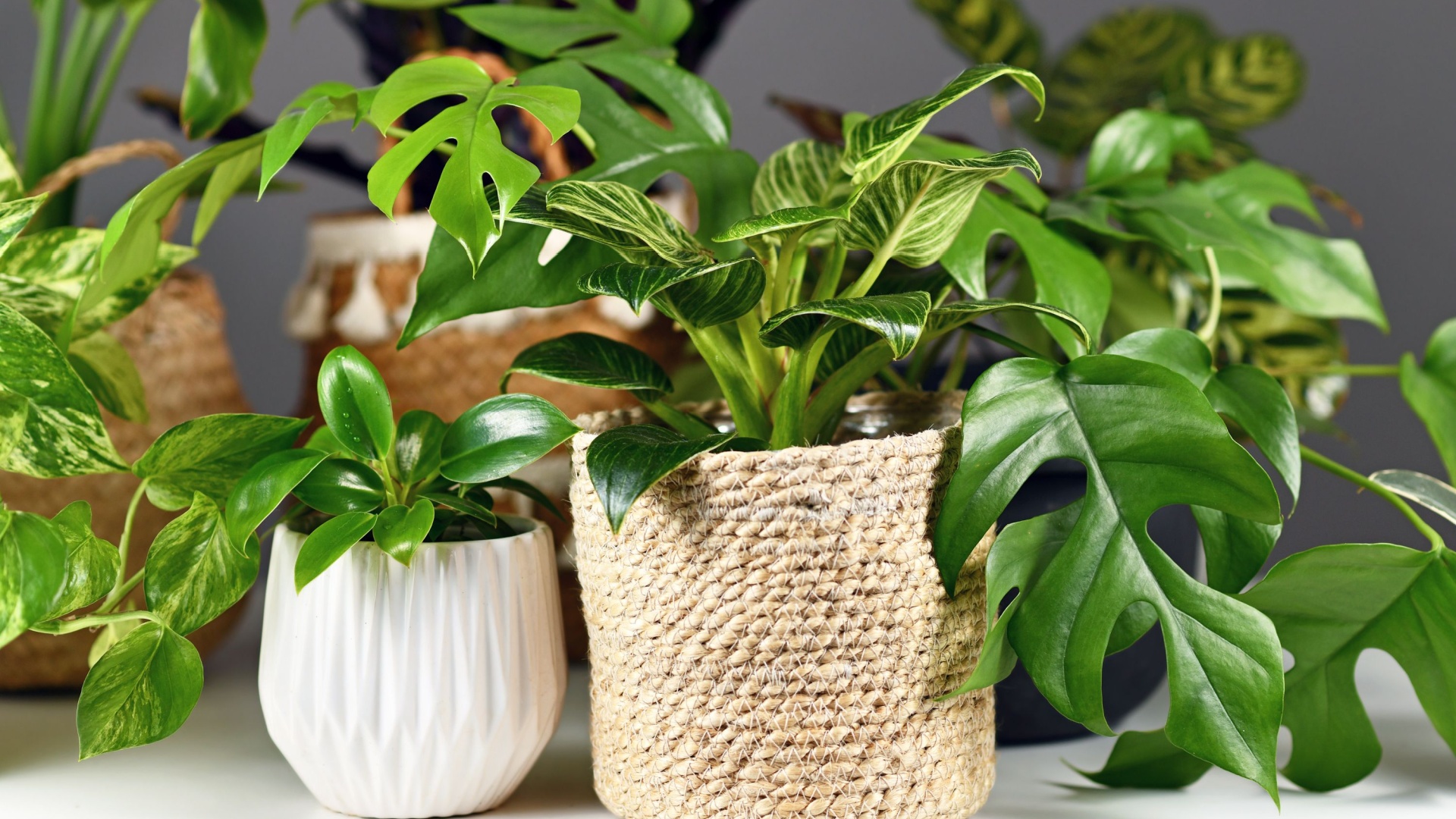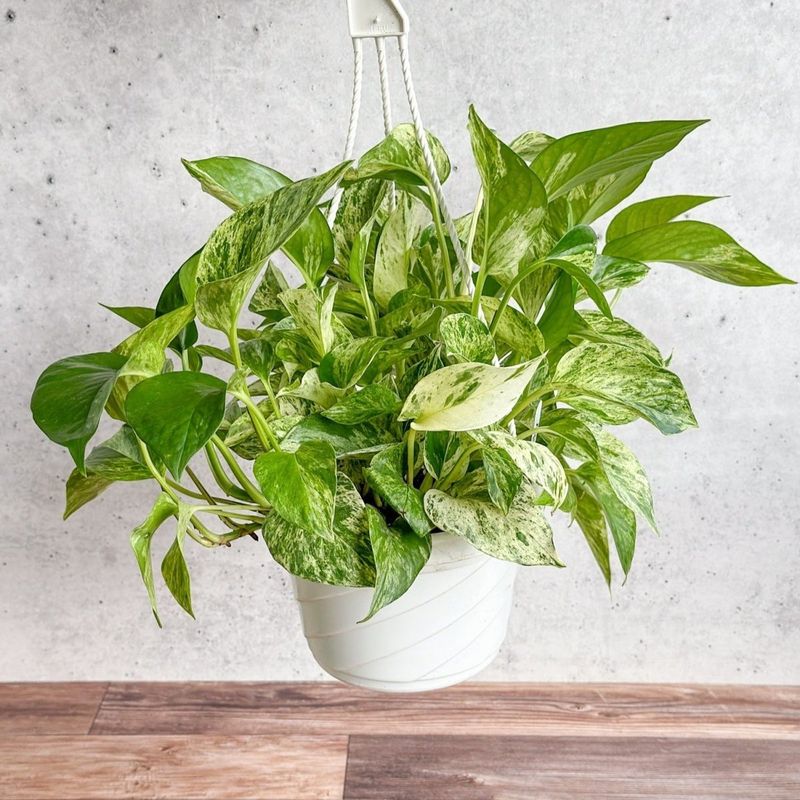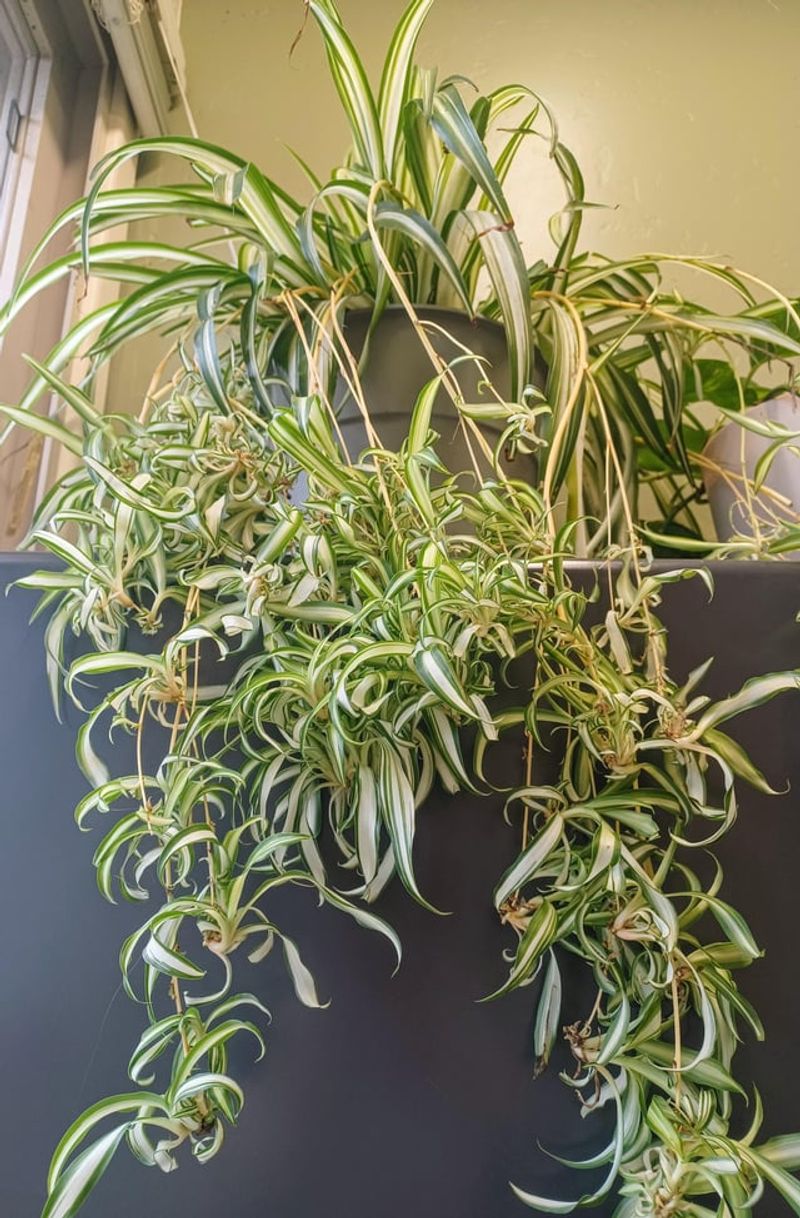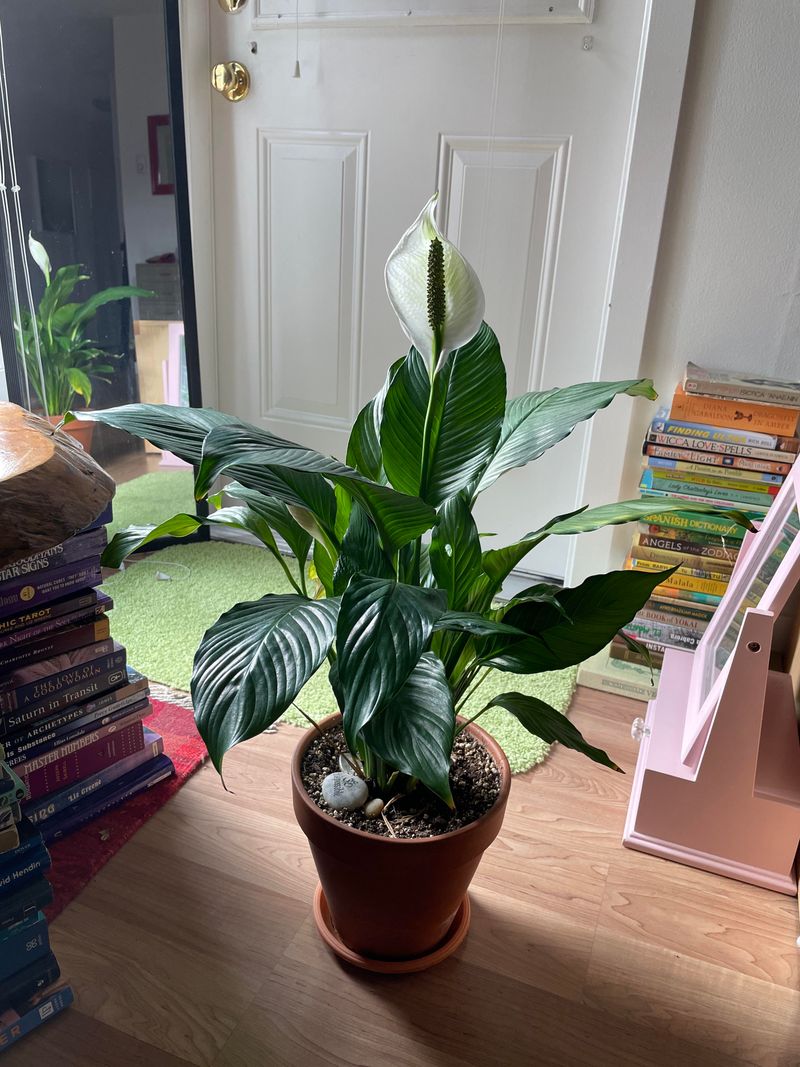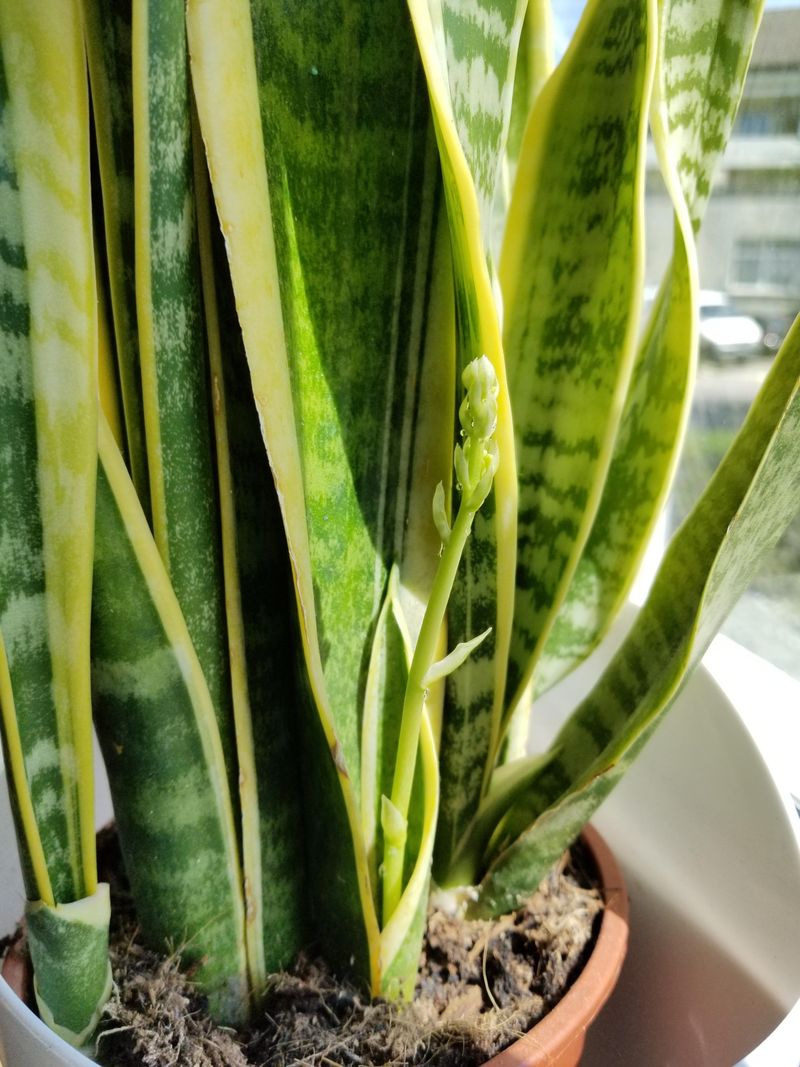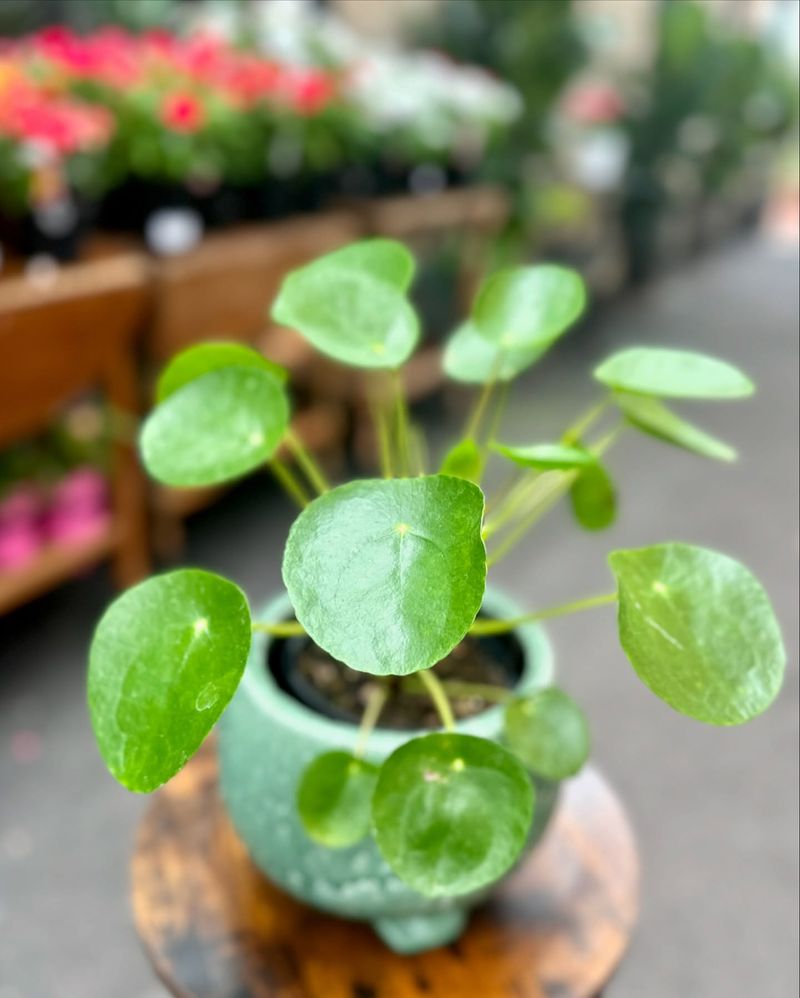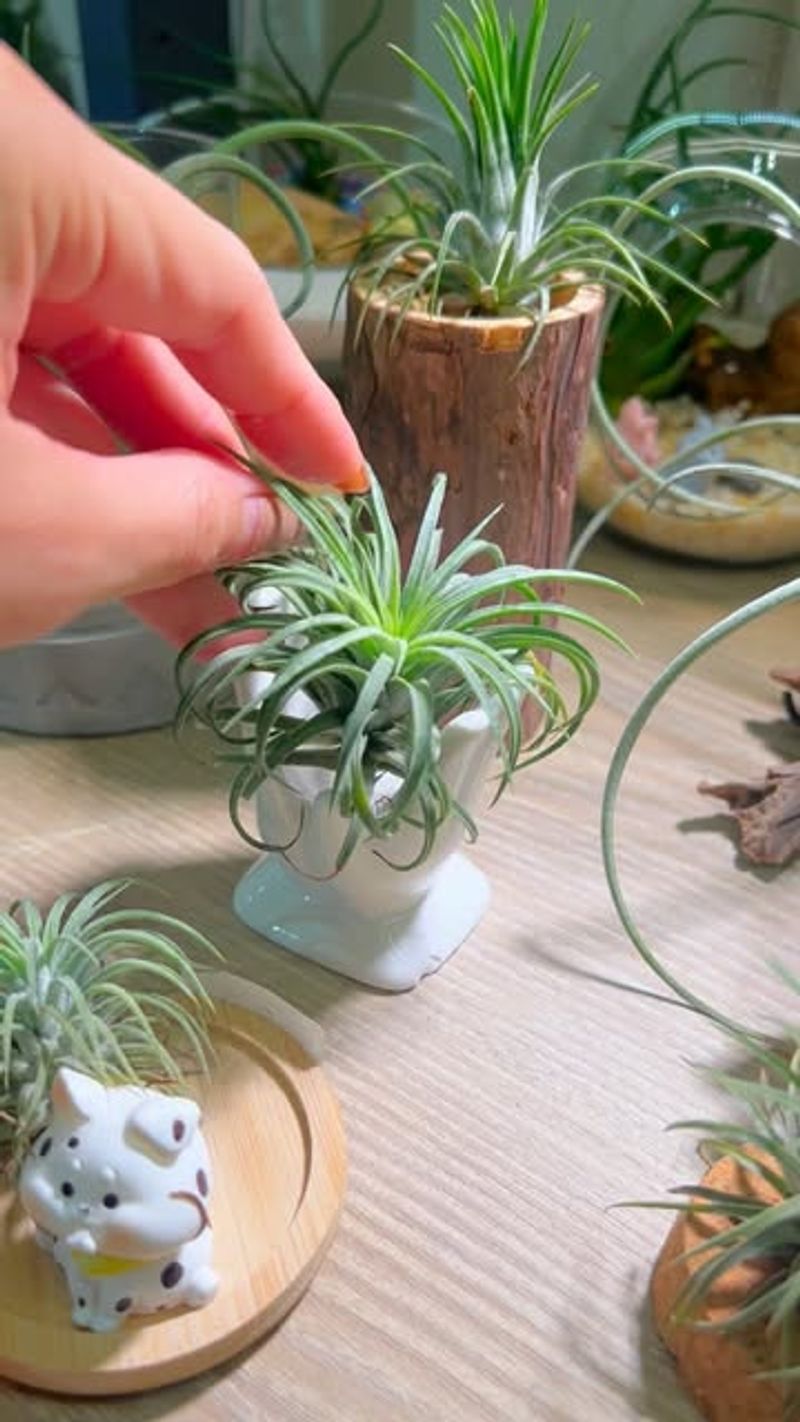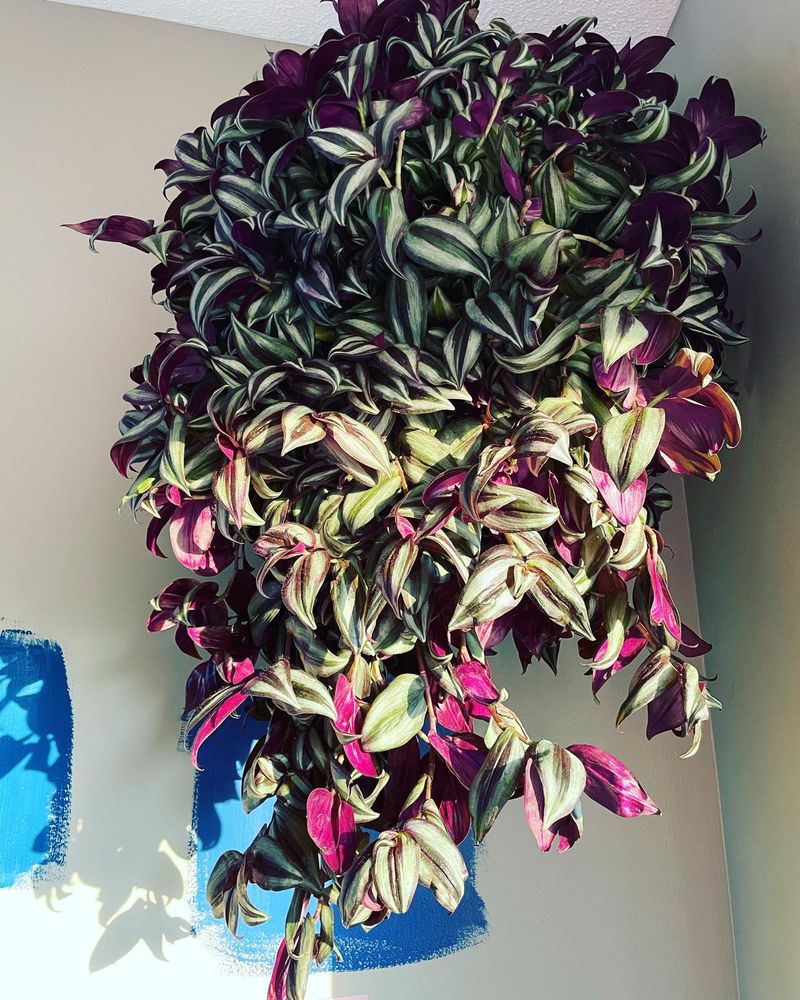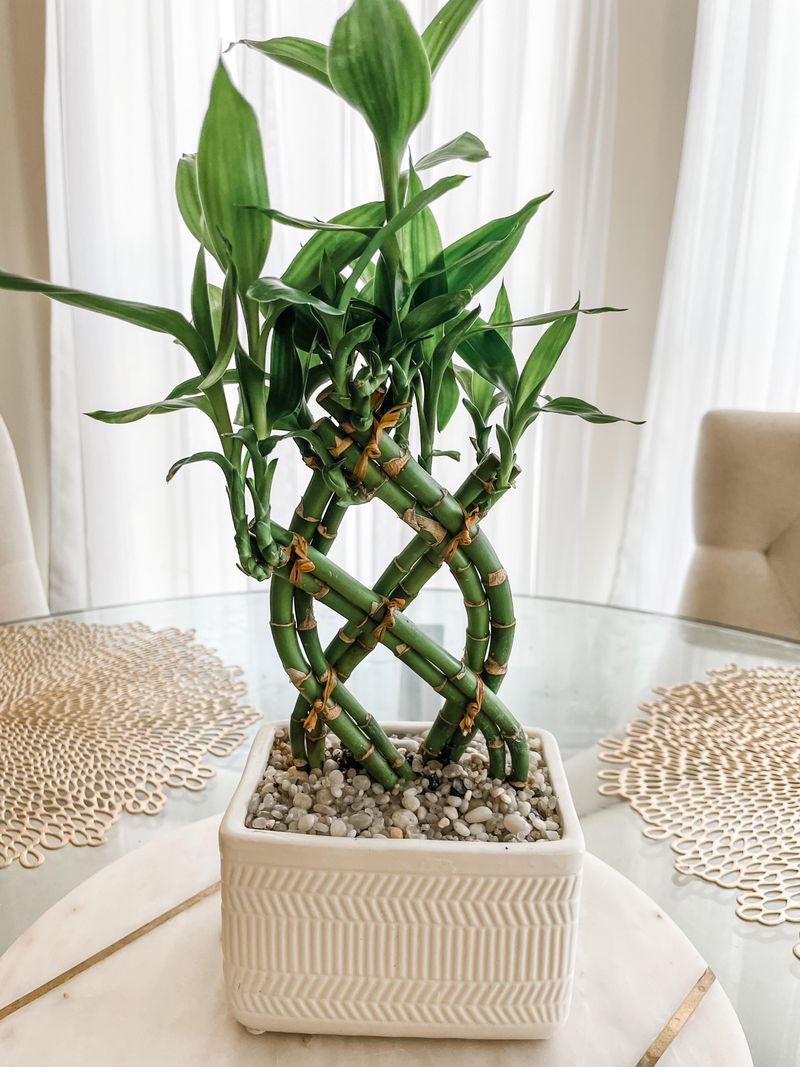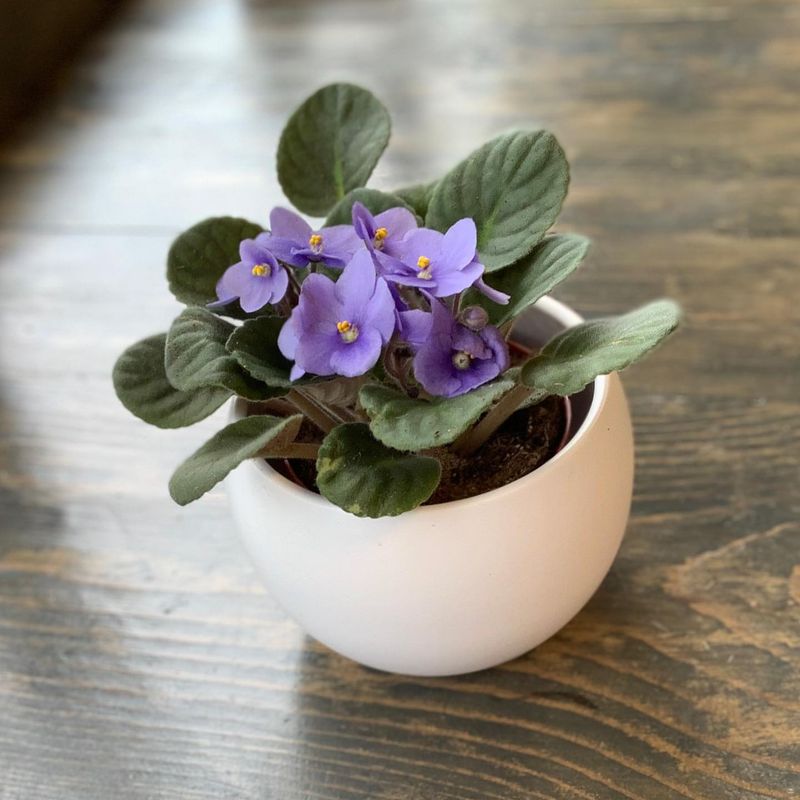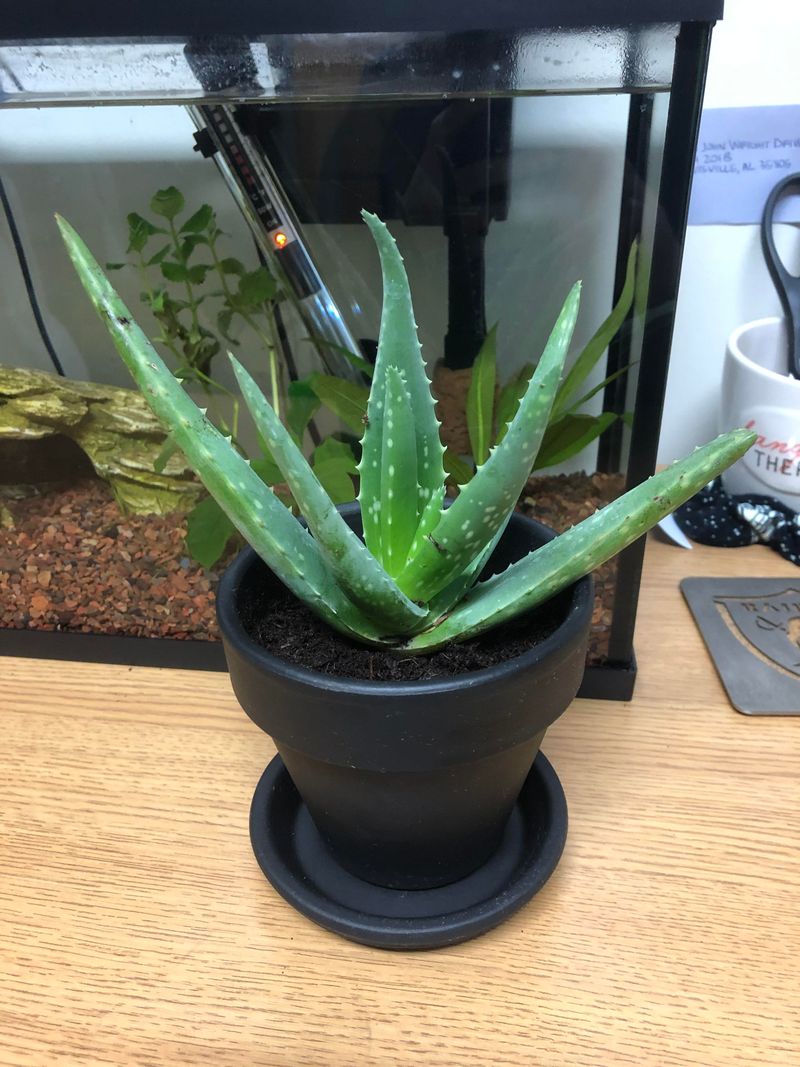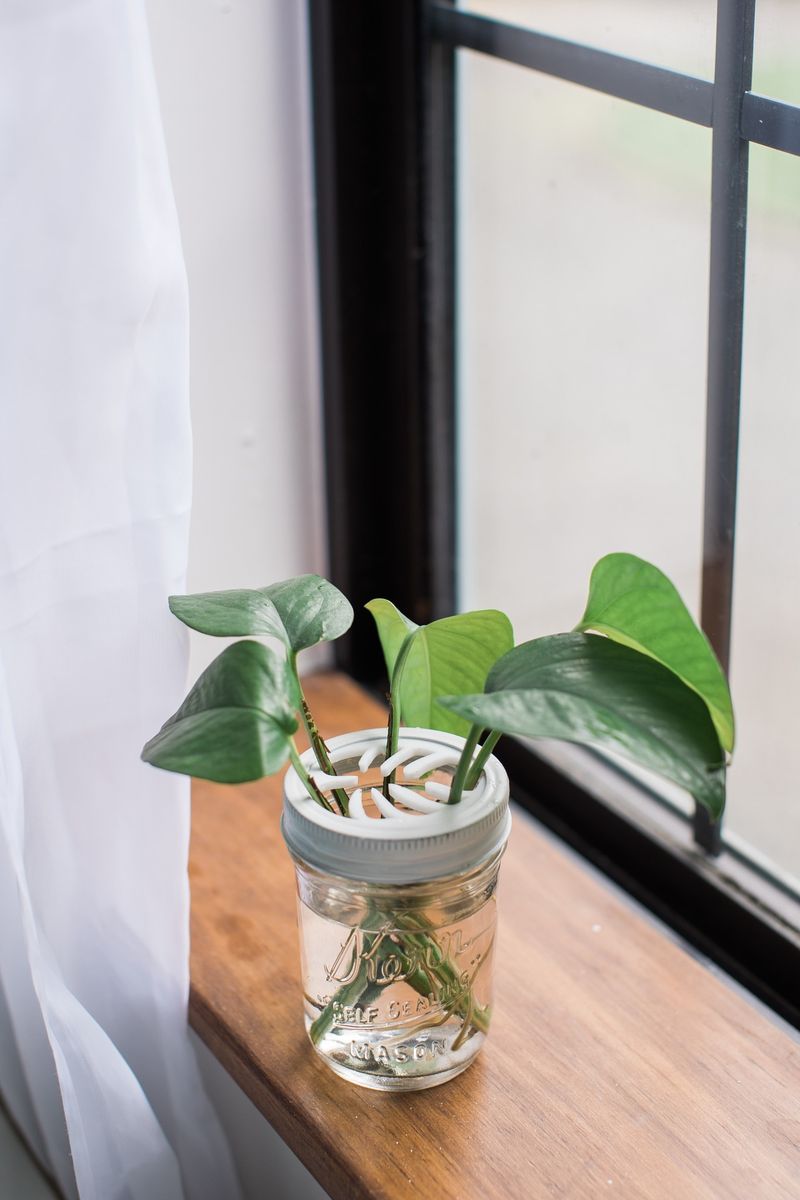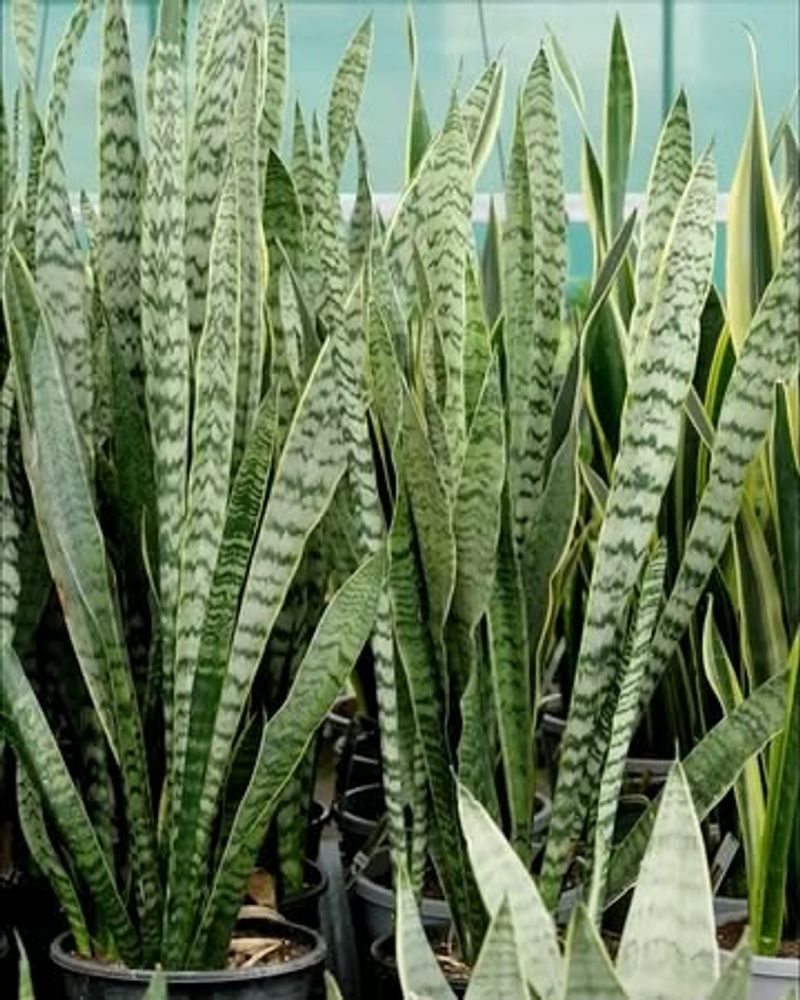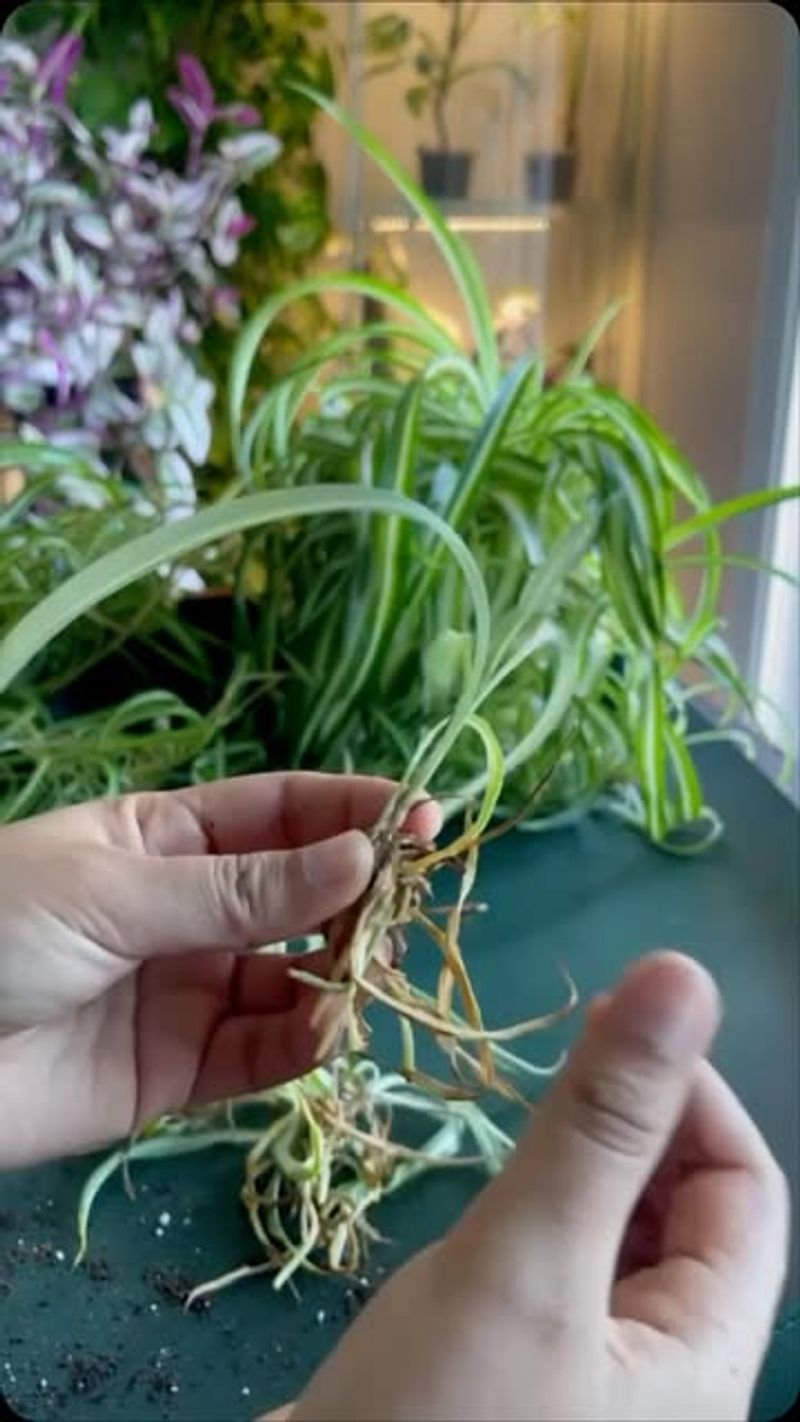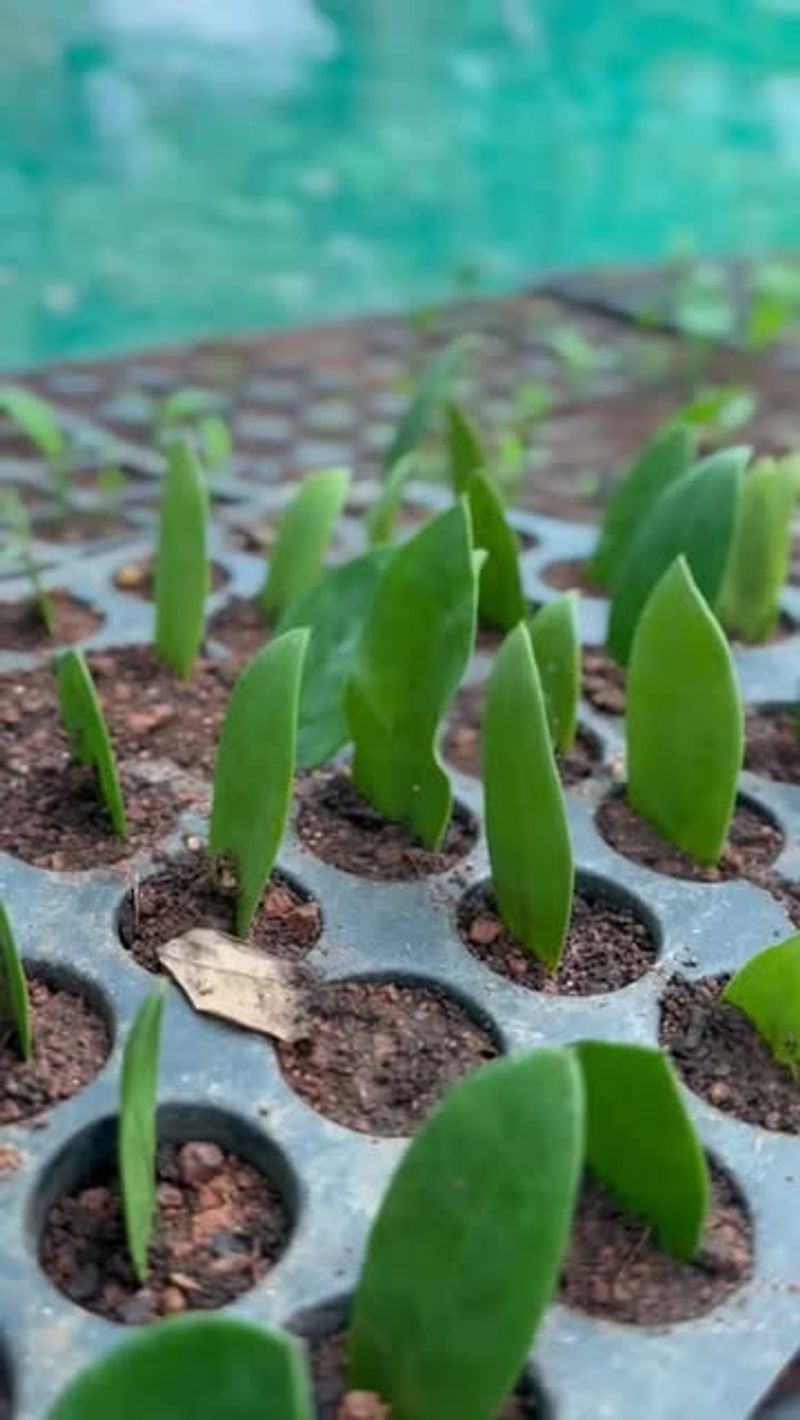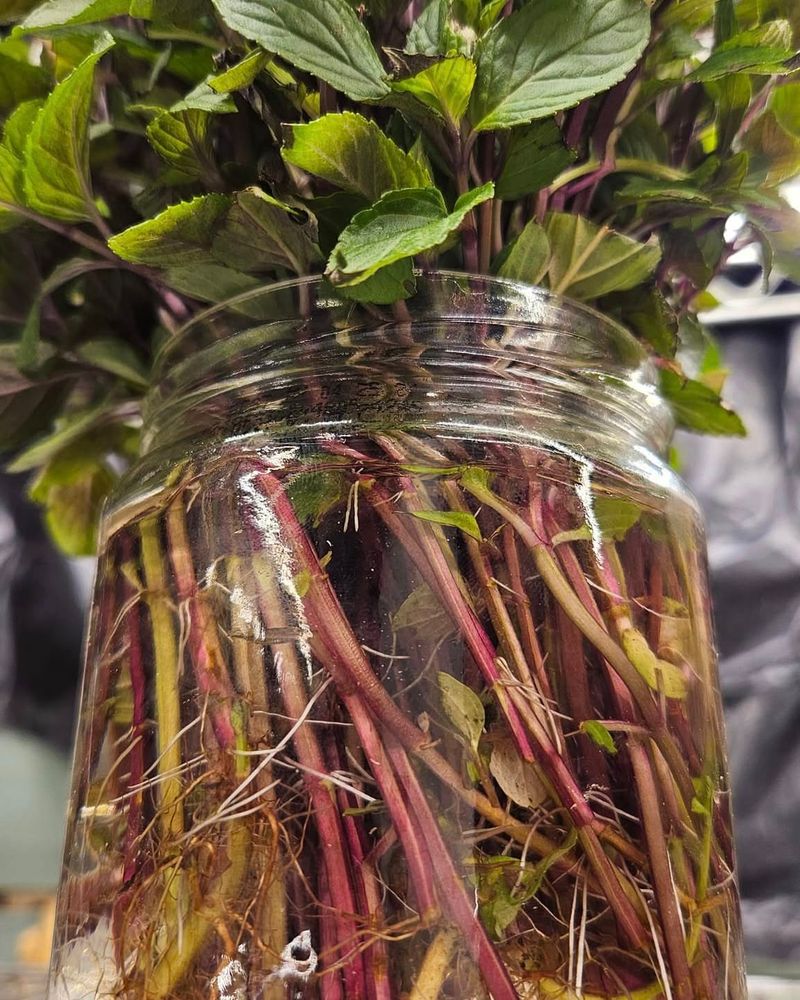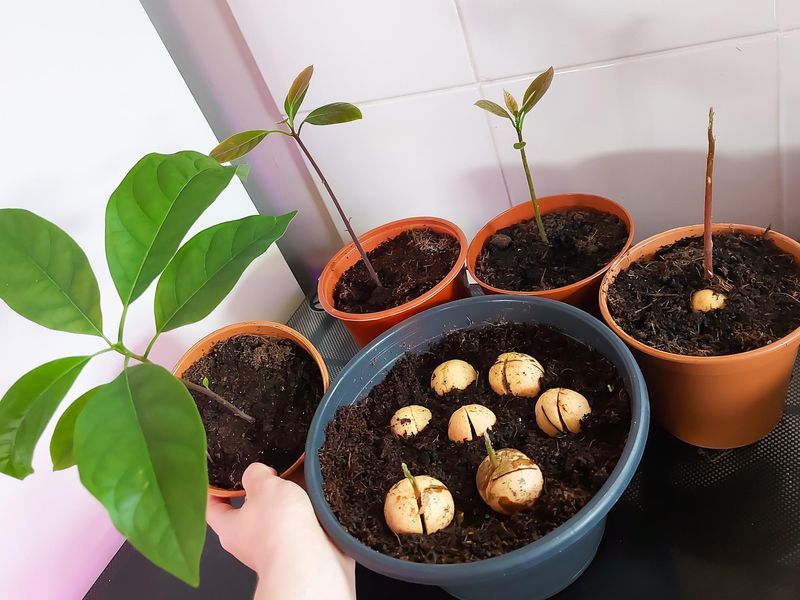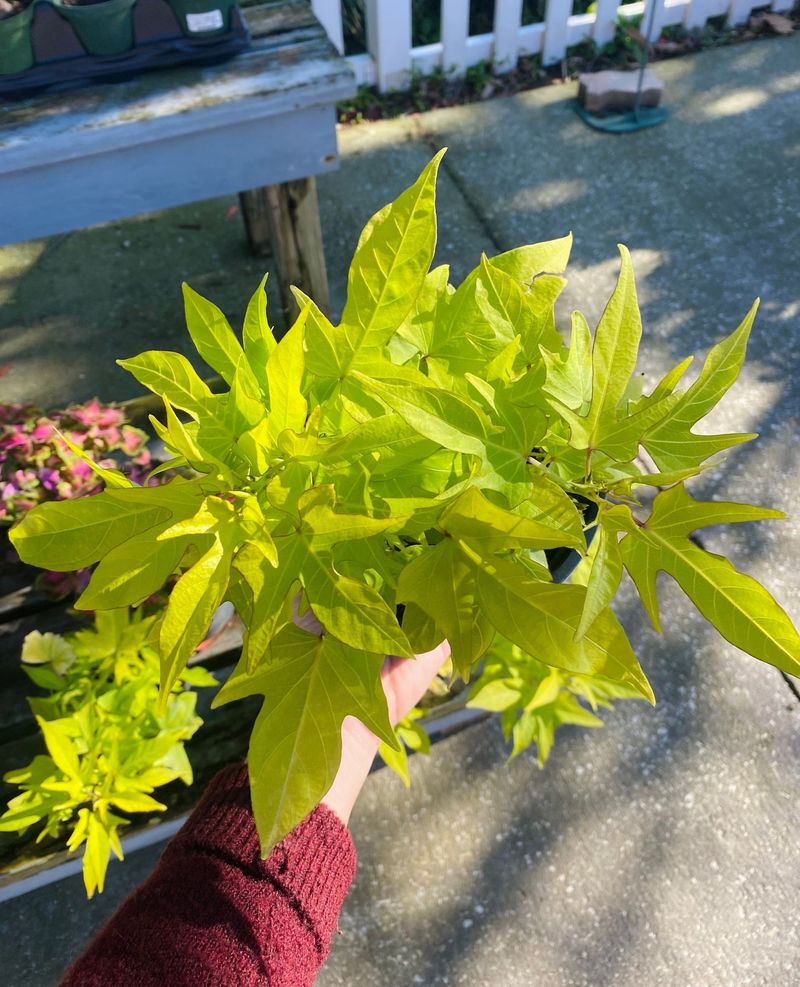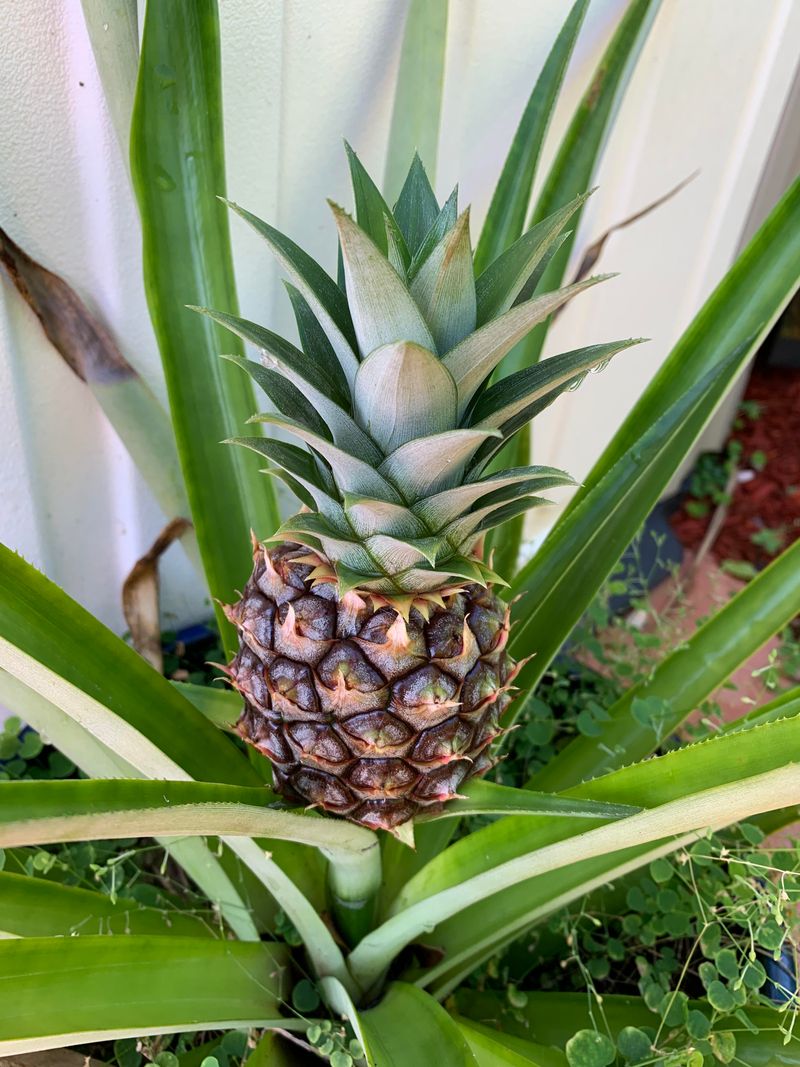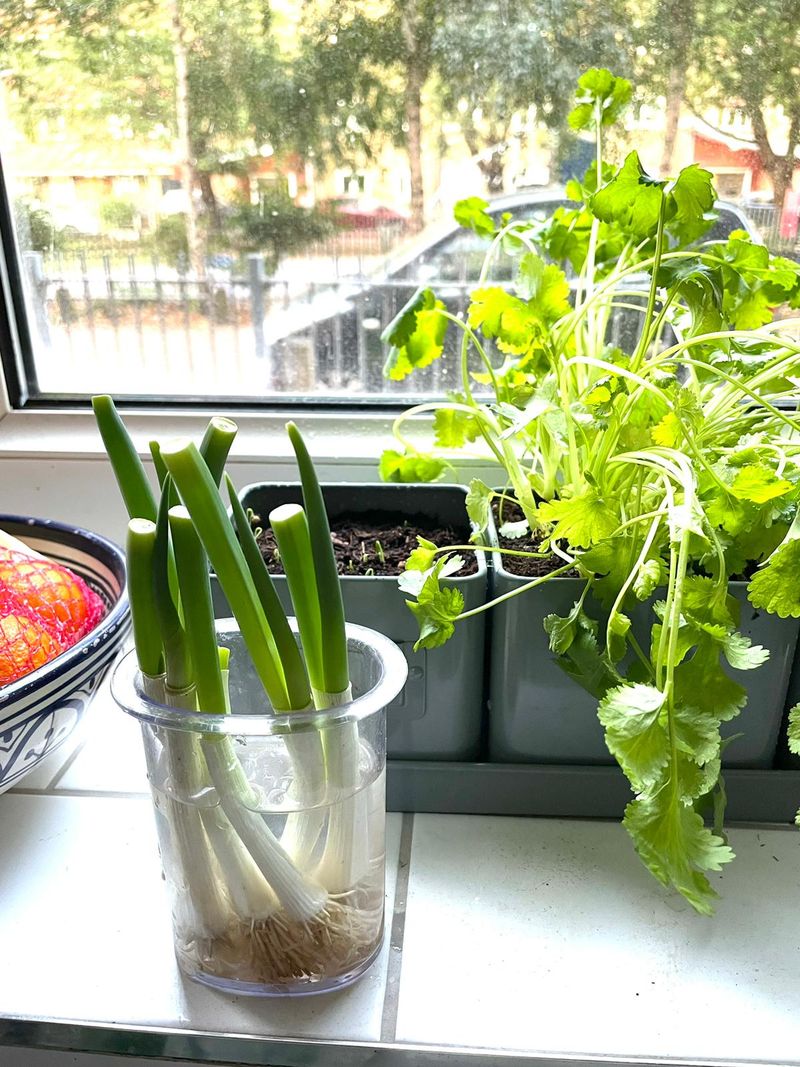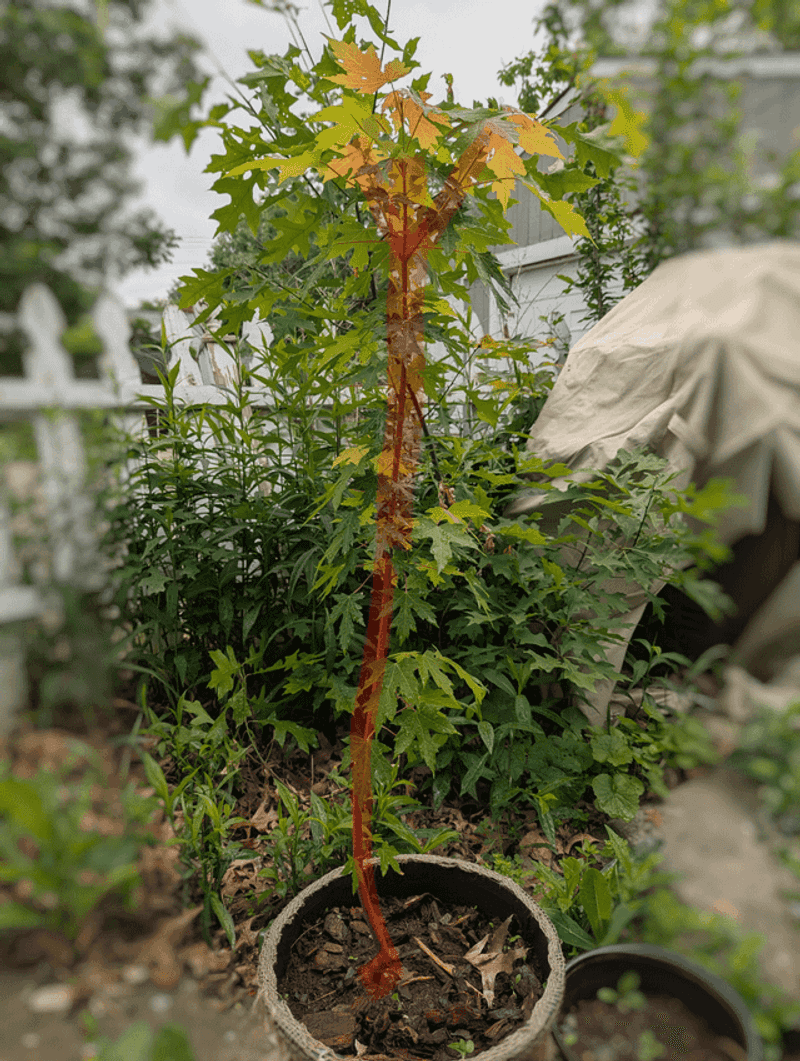You don’t need a big budget to grow a beautiful garden. Some of the most eye-catching plants cost less than your morning coffee—and others are totally free if you know where to look.
From bargain bin beauties to zero-cost finds, these 20 plants prove that stunning greenery doesn’t have to break the bank.
1. Pothos: The Impossible-to-Kill Vine
Pothos plants thrive on neglect, making them perfect for forgetful waterers. Their trailing vines with heart-shaped leaves add instant jungle vibes to any shelf or hanging basket. Find these beauties at most garden centers for around $3-5 for a small pot.
They come in varieties like golden, marble queen, and neon, each with unique patterns and colors. The best part? One pothos can become dozens through simple cuttings in water, extending your plant collection practically for free.
2. Spider Plant: The Gift That Keeps Giving
Spider plants earn their keep by constantly producing baby plants called ‘spiderettes’ that dangle from long stems. These air-purifying powerhouses thrive in bright, indirect light but tolerate less-than-ideal conditions. Garden centers typically sell small spider plants for $3-5.
Their arching, striped leaves create instant visual interest on shelves or as hanging plants. Once your spider plant matures, you’ll have endless babies to pot up for yourself or share with friends.
3. Peace Lily: Dramatic Flair on a Budget
Peace lilies deliver serious drama with their glossy dark leaves and elegant white blooms. When thirsty, they’ll flop dramatically, then perk right back up after watering – perfect for those who need visual reminders.
Small peace lilies typically cost $4-5 at garden centers and big box stores. They prefer medium light but adapt to lower light conditions, making them versatile for different spaces. Beyond their beauty, these plants excel at cleaning indoor air of common pollutants.
4. Snake Plant: Architectural Statement Piece
Snake plants feature bold, upright leaves with striking patterns that add instant structure to any room. Their sword-like appearance creates visual interest even in the plainest corners. Small specimens typically cost $3-5 at garden centers.
These drought-tolerant champions can go weeks without water, perfect for busy or forgetful plant parents. As night falls, snake plants continue working by converting carbon dioxide to oxygen while you sleep, making them ideal bedroom companions.
5. Chinese Money Plant: Instagram’s Favorite Bargain
Chinese money plants (Pilea peperomioides) feature quirky round leaves on thin stems, creating a playful, modern look. Their pancake-shaped foliage seems to float above the soil, catching light beautifully. While once rare, these trendy plants have become more common, with small specimens available for $4-5.
They prefer bright, indirect light and regular rotation to grow evenly. Money plants produce numerous baby plants around their base, which can be separated and potted up once they’re big enough.
6. Air Plants: No Soil, No Problem
Air plants (Tillandsia) are nature’s living sculptures that grow without soil. Their twisted, spiky forms add otherworldly texture to any display and can perch almost anywhere – from driftwood to seashells. Many varieties cost just $3-5 each.
Caring for them is simple: soak in water weekly, shake off excess, and place in bright, indirect light. Create an impressive collection by grouping different varieties together, or display singles in unexpected places like bathroom shelves where they’ll enjoy the humidity.
7. Wandering Jew: Purple Passion for Pennies
Wandering Jew plants (Tradescantia) offer stunning purple-striped foliage that catches light beautifully. Their trailing habit makes them perfect for hanging baskets or high shelves where the colorful stems can cascade downward. Small pots typically cost $3-5 at garden centers.
They grow quickly in bright, indirect light, though they’ll maintain their purple coloration best with more light exposure. Cuttings root easily in water, allowing you to create fuller plants or share with friends without spending extra money.
8. Lucky Bamboo: Symbolic Beauty on a Budget
Lucky bamboo stalks bring good fortune according to feng shui principles, while requiring minimal care. Their elegant, twisted or straight stalks create instant visual interest, even with just one or two stems. Single stalks often cost just $1-3 at grocery stores, florists, and Asian markets.
They grow happily in just water, though they appreciate a bit of liquid fertilizer occasionally. Arrange multiple stalks in a simple glass container with decorative stones for an expensive-looking display that actually costs very little.
9. African Violets: Flowering Gems Under $5
African violets offer continuous blooms in purples, pinks, and whites above fuzzy, dark green leaves. Unlike many flowering plants, they can bloom year-round with proper care, bringing constant color to your space. Small specimens typically cost $3-5 at garden centers and grocery stores.
They prefer bright, indirect light and watering from the bottom to prevent leaf spotting. Many gardeners develop lifelong collections of these compact beauties, which fit perfectly on windowsills and small tables.
10. Aloe Vera: Medicine Cabinet in Plant Form
Aloe vera combines striking good looks with practical benefits. The spiky, fleshy leaves store water, making this plant extremely drought-tolerant – perfect for forgetful waterers. Small aloe plants typically cost $3-5 at garden centers and big box stores.
Position them in bright light near a kitchen window, where you can easily snip a leaf when needed for burns or skin irritations. As they mature, aloe plants produce offsets (baby plants) around their base that can be separated to create new plants.
11. Propagated Pothos: Vines for Free
Snip a few 4-6 inch sections from a friend’s pothos plant, making sure each cutting has at least 2-3 leaves and nodes (bumpy areas where roots emerge). Place these cuttings in water, and watch roots develop within weeks. Once roots reach 1-2 inches long, plant them in soil for a free new houseplant.
The parent plant actually benefits from regular trimming, becoming fuller and healthier. Pothos cuttings root so reliably that even complete beginners find success with this method.
12. Snake Plant Divisions: Architectural Plants for Free
Snake plants naturally multiply by sending up new shoots from their underground rhizomes. When a mature plant becomes crowded, gently remove it from its pot and separate these sections with a clean knife. Each division with roots attached will grow into a new plant when repotted.
The original plant benefits from this occasional division, which prevents overcrowding and promotes healthy growth. One established snake plant can provide several new plants each year, allowing you to expand your collection for free.
13. Spider Plant Babies: Instant Collection Expanders
Mature spider plants produce dozens of baby plants (spiderettes) that dangle from long stems like tiny stars. These babies already have small roots forming at their base, ready to grow. Simply snip the babies from the stem and place them in soil or water to root.
They establish quickly, often showing new growth within weeks. One healthy spider plant can produce enough babies annually to fill your home with plants or provide thoughtful, free gifts for friends and coworkers.
14. Succulent Leaf Propagation: Patience Rewarded
Many succulents can grow entirely new plants from just a single leaf. Gently twist leaves from the parent plant, ensuring you get the entire leaf with no tears at the base. Let these leaves callus over for 1-2 days, then place them on well-draining soil.
Mist occasionally and wait – tiny roots and baby plants will eventually form at the leaf base. This method requires patience but offers immense satisfaction as you watch miniature plants emerge from seemingly nothing.
15. Herb Cuttings: From Kitchen to Garden
Store-bought herbs like basil, mint, and rosemary can become perpetual supplies with simple propagation. Cut 4-inch stems just below a leaf node, remove lower leaves, and place in water. Once roots develop (usually within 1-2 weeks), transfer to soil. These herbs grow quickly and can be harvested regularly, providing both beauty and flavor for your kitchen. Mint is particularly vigorous – one small cutting can grow into a substantial plant within months, providing endless cups of fresh tea.
16. Avocado Pits: Patience in Plant Form
Save the pit from your next avocado toast adventure and transform it into a decorative houseplant. Clean the pit, insert toothpicks to suspend it halfway in water, and place in a sunny window. Within 2-6 weeks, the pit will crack, sending roots downward and eventually a stem upward.
Once established, pot in soil for a tropical-looking plant with glossy leaves. While they rarely produce fruit indoors, avocado plants make attractive houseplants with an interesting origin story.
17. Sweet Potato Vines: Ornamental Cascades
Regular sweet potatoes from the grocery store can produce beautiful trailing vines. Suspend half a sweet potato in water using toothpicks, with the pointed end down. Within weeks, roots will develop below water while leafy vines emerge above.
These can be left growing in water indefinitely or planted in soil for more vigorous growth. The heart-shaped leaves create beautiful cascades from hanging planters or shelves, adding instant jungle vibes to any room.
18. Pineapple Tops: Tropical Statement Pieces
Next time you enjoy a pineapple, save the leafy top to grow a striking architectural plant. Trim away excess fruit flesh, remove some bottom leaves to expose the stem, and let it dry for 2-3 days. Place the prepared top in water or directly in soil, and within weeks, roots will develop.
The resulting plant forms a spiky rosette that makes a dramatic tropical statement in any room. While indoor pineapples rarely fruit, their unique form adds distinctive texture to houseplant collections.
19. Kitchen Scraps: Endless Windowsill Greens
The bottoms of celery, lettuce, green onions, and leeks can regrow when placed in shallow water. Simply save the root end (about 1-2 inches) and place it cut-side up in a small dish of water. New growth emerges from the center within days, providing fresh greens for cooking.
These can be harvested repeatedly or planted in soil for longer-term growth. This method creates a satisfying cycle of food production while adding cheerful greenery to your kitchen windowsill.
20. Tree Seedlings: Future Giants for Free
Maple, oak, and pine seedlings often sprout in gardens, parks, or along fences where birds drop seeds. These tiny trees can be carefully dug up and potted for bonsai projects or future landscape plants. Young seedlings adapt well to container life, especially when collected while small.
They require minimal care beyond regular watering and occasional pruning to maintain desired size and shape. Watching these future giants develop their characteristic forms in miniature offers a special connection to nature’s cycles.

